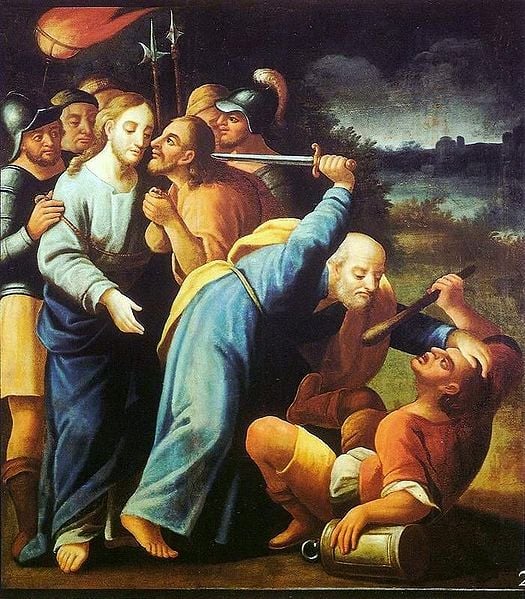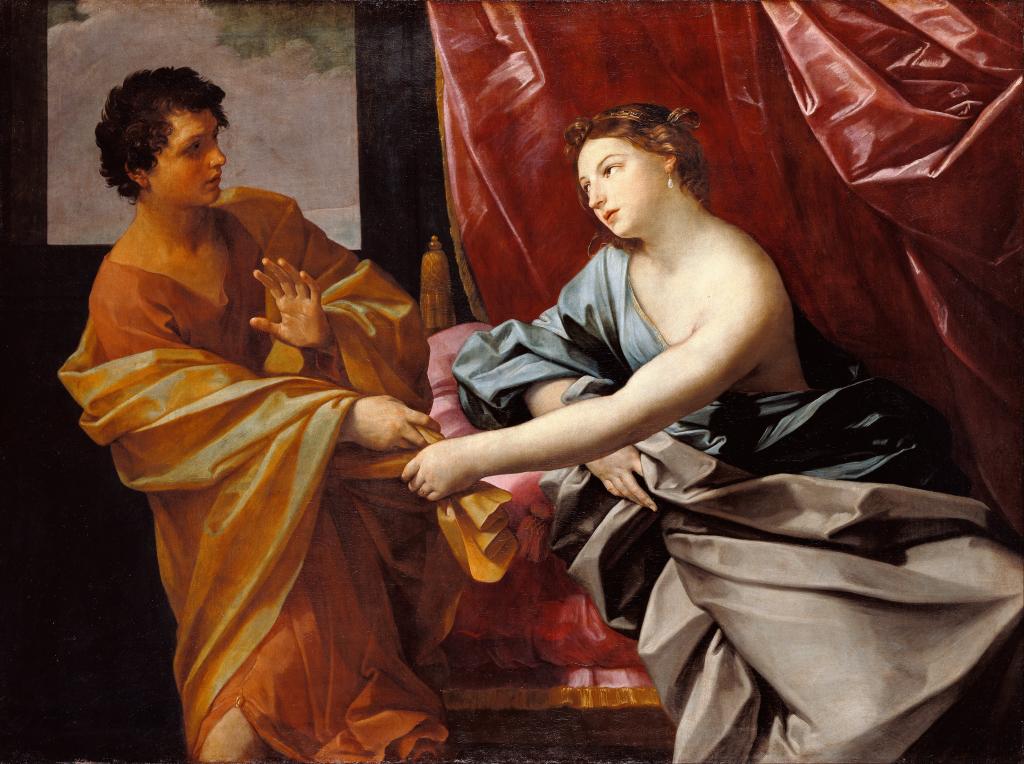Fans of fantasy and sci-fi, or at least Mormon fans of fantasy and sci-fi, have often wondered why Mormon writers are so well represented in the genre. Some have said there’s something in our theology that sparks it; others say it’s just a coincidence—a few Mormon writers were successful writing fantasy and sci-fi, they trained others, and it became a trend. Some think Mormons aren’t overrepresented, just more open about their religious affiliation than other writers. And, of course, some smirk. Mormons believe in fairy tales, so why shouldn’t they be good at writing them?
I have no way of evaluating most of these theories, but on one point I’m sure: Mormons do believe in fairy tales, and it’s not just that we should be able to write them well. We need to.
Before I can explain what I mean, though, I need to say a bit more about fairy tales. Too often they are understood as diversions for the entertainment of children, stories that (in Wikipedia’s words) not only aren’t true, but couldn’t possibly be true. A particularly hard-nosed skeptic might dislike fairy tales for telling children to believe in fantastical things like wizards and dragons. A particularly witty fan of fairy stories might respond that fairy tales do not teach children that dragons exist. Children already know that dragons exist. Fairy tales teach them that dragons can be slain.
I think most people probably understand this role of the fairy story: teaching basic moral ideas. Being honest, brave, and self-sacrificing is good; selfishness and deceit are bad. Perseverance is rewarded, the truth always comes out in the end, and heroes live happily ever after. These are basic life lessons, all the more important because they are not always true in our world. The stories that teach them will do more to create a decent human being than any course in philosophical ethics.
But good fairy stories are not merely fables, presenting simple lessons in didactic style. They deal with deeper matters—a truth I learned from the great fairy-tale writer of our time, J.R.R. Tolkien. Tolkien hated shallow allegory, grumpily refuting popular attempts to read his masterpiece as a veiled retelling of World War II. Yet at a deeper level his work is fraught with philosophical and even theological significance, which he privately acknowledged. Tolkien’s elves, men, dwarves, and hobbits represent various aspects of human nature, as do his orcs and goblins, who are sadly the races of Middle Earth that Tolkien thought most resembled modern society. The story of the One Ring is a lengthy meditation on technology, pride, and power, on the sinful wish to reject the place the Creator intended for us and become gods ourselves. Attentive Catholic readers will find still more meaning as they ponder Tolkien’s allusions to Mary (Elbereth, Galadriel) and the Eucharist (lembas, the Elvish waybread).[1] It is of course possible for other forms of literature to deal with these themes, but such attempts tend to be blurred by their too close association with the everyday and its conventions, and as a result the themes of other literature tend to stay closer to home. In good fairy tales, the distractions of the mundane are stripped away by the fantastical setting, and the remaining resemblances between the story world and our world are only those that really matter.
The vast majority of Tolkien’s readers will never consciously be aware of the issues he wrestled with, but they do not need to be aware for his fairy stories to convey their meaning. This is because good fairy-stories do not explicate their authors’ philosophies; rather, they incarnate them and thereby put them to the test.[2] If Tolkien’s readers find his elves beautiful, it is because they present an account of the high and noble in human nature that rings true, that persuades us. If his fatalism offends us, his insistence that all human victories over evil are but brief pauses in “the long defeat,” it is because he failed to shake our faith in human progress, whether we realize it or not.
So, what fairy stories do Mormons believe in, and why do we need to write new ones well?
The answer to the first question is easy: our religion is a fairy story, or as Tolkien would have said about Christianity more broadly, a fairy story that really happened. The factual truth of our beliefs is of course crucial: if Jesus is not resurrected, we are of all men most miserable (see 1 Corinthians 15:12–19). But the mythological content of our religion is if possible even more important: the assumptions it conveys beneath the surface about what is real, what is true, what is good, and what it means for something to be real, or true, or good. Those with the time and talent can wrestle with these issues in a philosophical manner, but it takes a keen mind and substantial training to understand, for example, the theological accounts of God’s nature. On the other hand, the stories in the scriptures about God’s dealings with humanity bring him to life in an instant, for anyone who cares to look.
Once we understand that our religion teaches as much through its stories as through its truth claims, it becomes clear how dangerous it is—Tolkien would say “perilous”—to hear a well-told fairy story and be brought face to face with its vision of the depths of reality, a vision our intellect will never fully understand. And yet for that very reason fairy stories give us a way to explore those depths of our religion that we also never fully understand, and to incarnate our beliefs again and come to know them again, giving our faith new life and vitality. We can borrow others’ fairy tales for these purposes, but these will usually capture only those parts of our beliefs we share with others and obscure or distort the rest. To understand our own faith clearly and whole, we need our own stories, fairy stories holding a prime place among them.
How are we doing? The impressive number of Mormon fantasy and sci-fi writers gives me hope that we’re trying, but what I’ve read so far makes me hope we can do better. Orson Scott Card is an outstanding writer, but I haven’t seen his works plumb the depths as I would like (though the sheer volume of his output means I may just not have read it). Brandon Sanderson is likewise prolific and has created a few arresting ideas and intriguing characters, but his worlds are largely soulless, his mysteries mere plot devices, his theologies devoid of awe or wonder and far too neat to be real. The most famous Mormon fantasy writer, Stephanie Meyer, showed a hundred times Sanderson’s ambition by incarnating the pivotal Mormon idea of the eternal family, but in her hands it became unhealthy and disturbing, not least because it was divorced from our belief that eternal life also entails worship, community, and creation. As yet I have learned much more about Mormonism from Tolkien, C.S. Lewis, and Ursula LeGuin, not one of whom would like our theology, than from the fantasy writers who actually believe in it.
So, we’ve started. But we’re a young faith, with much still to learn about itself, and there’s a long way yet to go.
In short, I am convinced that faith is less a matter of what we choose to believe, or even what we consciously believe, than of what we don’t even know we believe. I am also convinced that fairy stories are among the most eloquent messengers to the unknown depths of our faith. We should take them seriously, and we should write them well.
[1] For more information on Tolkien’s beliefs and their influence on his writing, I recommend Bradley J. Birzer’s J.R.R. Tolkien’s Sanctifying Myth: Understanding Middle Earth.
[2] I owe this idea to Tolkien commentator Peter Kreeft.











